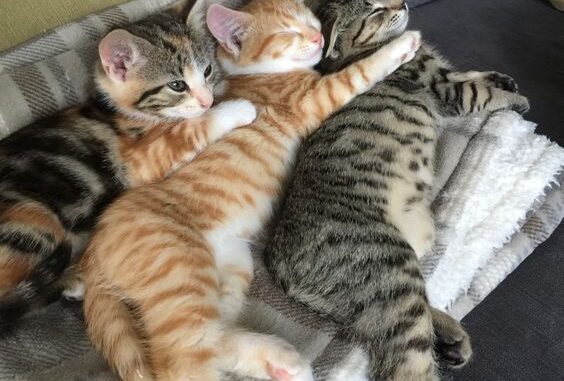
Cats have been cherished companions to humans for thousands of years, but their social structures and family dynamics often remain a mystery. Understanding the intricate relationships within cat families can provide deeper insights into their behavior, communication, and bonding. Let’s delve into the fascinating world of feline families and uncover the secrets of their social interactions.

The Basics of Cat Families
In the wild, cat families often form colonies, especially among feral or stray cats. These colonies are typically matriarchal, centered around a dominant female and her offspring. Unlike solitary big cats like tigers, domestic cats and some wild species, such as lions, display more social tendencies.
Maternal Bonds
The cornerstone of any cat family is the bond between the mother cat, known as a queen, and her kittens. The queen plays a crucial role in nurturing, protecting, and teaching her young. From birth, kittens rely entirely on their mother for warmth, nutrition, and social learning. The queen teaches her kittens essential survival skills, such as hunting and grooming, through play and imitation.
Sibling Relationships
Kittens often form strong bonds with their littermates, which can last well into adulthood if they remain together. These sibling relationships are characterized by playful interactions, grooming, and close sleeping arrangements. Such bonds help kittens develop social skills and establish a sense of security within their family unit.
Extended Family and Colony Dynamics
In feral cat colonies, extended family members, such as aunts and older siblings, may also participate in the upbringing of kittens. This cooperative care can enhance the survival rate of the young and strengthen the colony’s social structure. Within these colonies, cats communicate through vocalizations, body language, and scent marking, establishing a complex network of relationships.

Human-Cat Families
In domestic settings, the human-cat family dynamic introduces a new layer of complexity. Cats often view their human caregivers as part of their social group. They may exhibit behaviors such as head-butting, purring, and kneading to express affection and establish bonds with their human family members. Understanding these behaviors can enhance the human-cat relationship, fostering a harmonious living environment.
The Importance of Socialization
Early socialization is crucial for kittens to develop healthy relationships with other cats and humans. Exposure to various stimuli, positive interactions with people, and gentle handling can help kittens grow into well-adjusted adults. Well-socialized cats are typically more adaptable, confident, and less prone to stress-related behaviors.
Challenges in Cat Families
Despite their social nature, cat families can face challenges. Territorial disputes, competition for resources, and changes in the family structure can cause stress and conflict. Recognizing and addressing these issues is vital for maintaining a peaceful and healthy family environment.

Conclusion
The world of cat families is rich with complexity and charm. From the strong maternal bonds to the intricate dynamics of feral colonies and human-cat interactions, understanding these relationships can deepen our appreciation for our feline friends. By fostering positive social experiences and addressing challenges, we can ensure that our cats thrive within their families, whether they consist of fellow felines or human companions.
Exploring the dynamics of cat families not only enhances our knowledge of these fascinating creatures but also strengthens the bonds we share with them, making our homes happier and more harmonious places for all family members.

